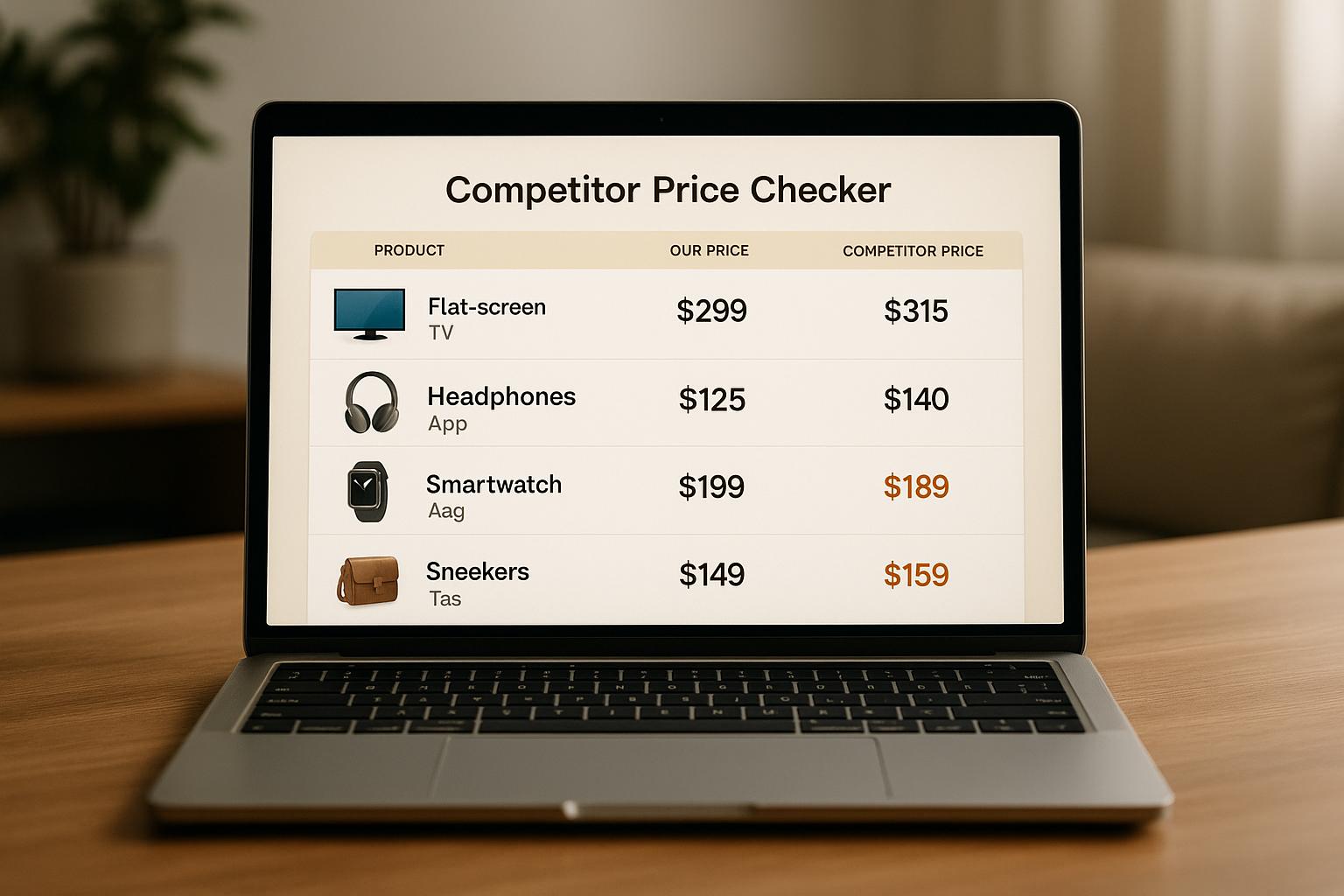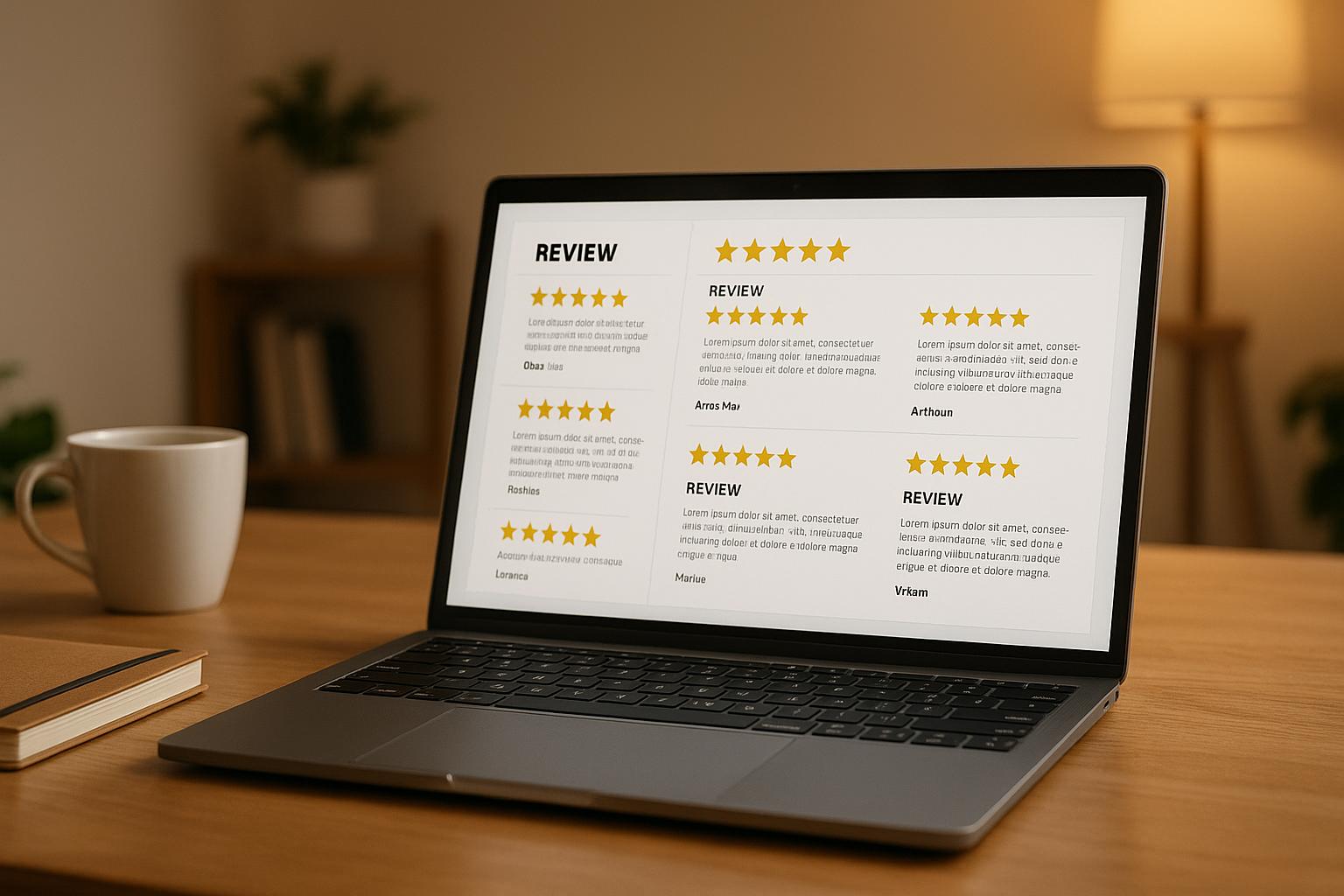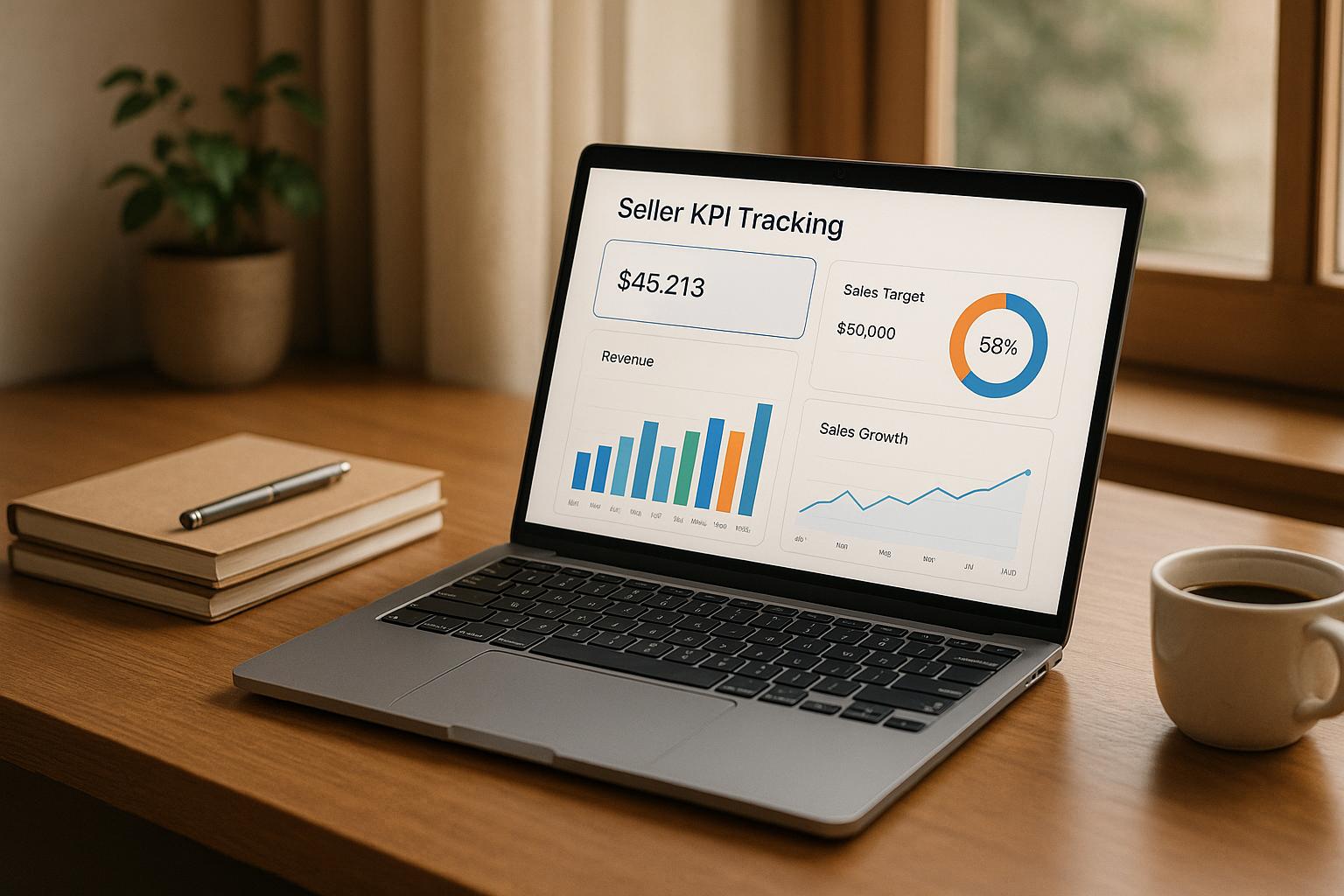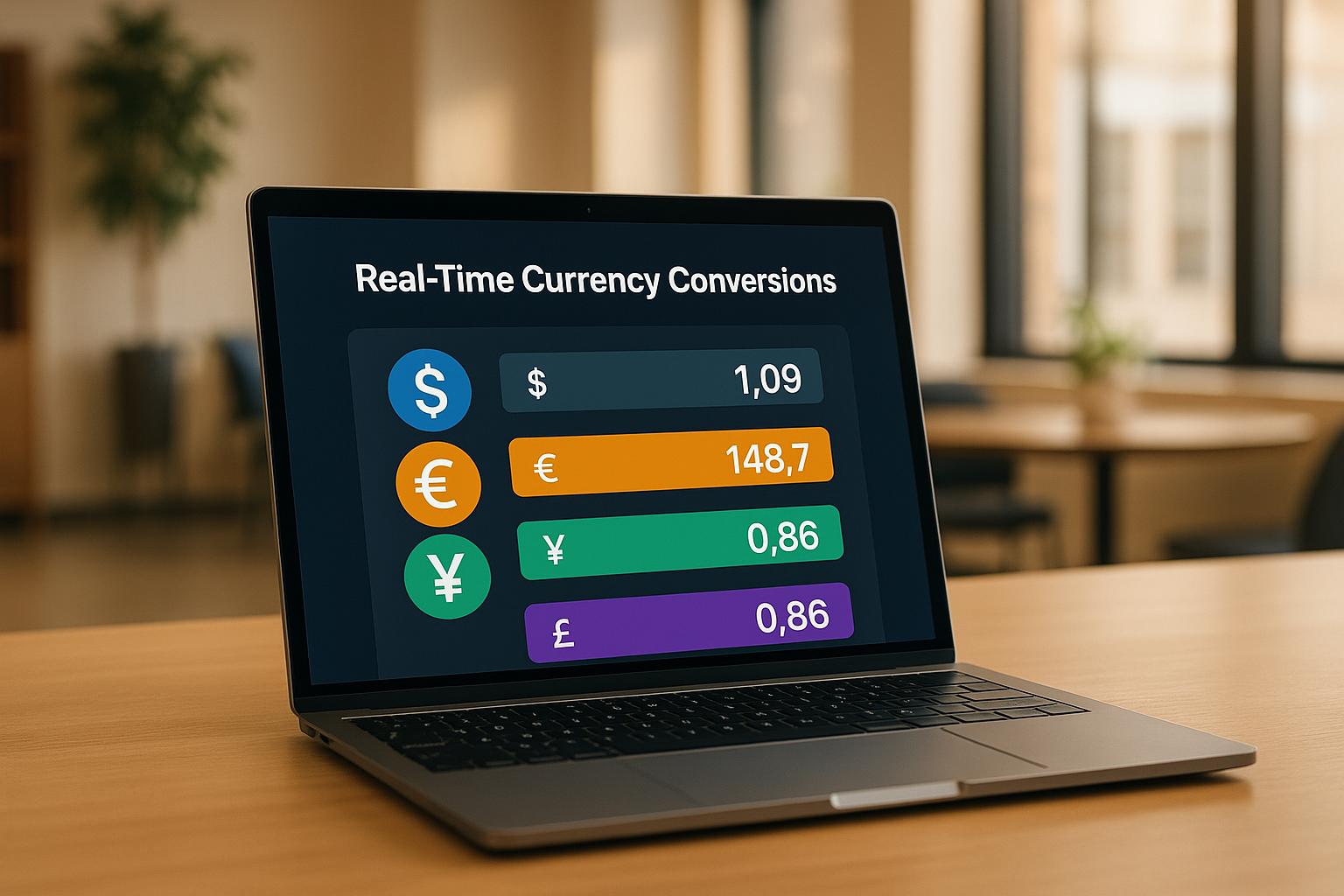What AI Analysis and Scraping Data Can Do Now That Wasn't Possible Before

October 24, 2023
In the rapidly evolving ecommerce landscape, data is your most valuable asset. But data alone isn't enough; you need the ability to analyze and act upon it to get ahead. That's where AI comes in. Coupled with the granular data from ShoppingScraper’s various endpoints, AI opens doors to new levels of insights and automation that were previously unthinkable.
In this blog post, we'll deep-dive into five game-changing use-cases that are now possible:
- Automated Product Improvement Suggestions: Leverage customer reviews from bol.com to auto-generate actionable product improvements.
- SERP title and pricing Analytics: Keep a pulse on the way how product titles are built in Amazon SERP
- Cross-Border Expansion Analysis: Assess the viability of entering new markets with data-driven insights.
- Targeted Seller Outreach: Identify the best bol.com sellers to partner with based on multiple data points.
Use Case 1: Automated Product Improvement Suggestions
The internet is flooded with a variety of products, and customer reviews often play a significant role in influencing purchasing decisions. Reviews can serve as a treasure trove of information for Product Managers, offering insights into what's working and what's not. They provide a quick way to gauge customer satisfaction, feature usability, and overall product quality.
Today, we're diving into the reviews of a popular streaming device. Reviews are incredibly useful for understanding our customer base and making data-driven decisions. By analyzing these reviews, I hope to identify common pros and cons, assess what different age groups think, and ultimately figure out how we can improve the product further.
Let's get started by analyzing a Google Chromecast on bol.com. By dissecting these reviews, we can prioritize which features or issues to focus on for the next product update. The feedback from older users, for example, could lead to creating a more user-friendly setup process. Meanwhile, the lack of certain buttons on the remote can be addressed in future models.
The power of customer reviews is immense, and as a Product Manager, these are nuggets of gold for improving our product and meeting customer needs more effectively. After scraping the first 100 customer reviews we use the prompt: analyze these customer reviews from bol.com, mention the pros and cons and make an age group analysis for the Google Chromecast, we can derive this valuable data:

The Pros:
- Ease of Setup: A recurring theme across multiple reviews is the ease with which the product can be set up. Many customers appreciate the plug-and-play aspect.
- Affordability: Many users across different age groups mention that the device offers good value for the money. This could mean that our pricing strategy is on point.
- Compatibility: Multiple users have noted that the device works well even with older TVs. This indicates that the product has broad applicability.
- Speed and Responsiveness: Several reviews mention that the device is fast and responsive, which is a crucial factor for streaming devices.
- Utility: A considerable number of users have found the device to be a cheap alternative to upgrading to a smart TV.
The Cons:
- Difficulty in Installation: Interestingly, while many find the product easy to set up, a segment of older users finds the installation to be challenging.
- No Reset Button: One user noted the absence of a reset button, which can be a usability issue for non-tech-savvy customers.
- Issues with HDMI: Some users had trouble connecting the device to certain HDMI ports, leading to initial setup difficulties.
- Lack of Fast Forward/Rewind Button: A couple of reviews mentioned the absence of fast forward and rewind buttons, affecting usability.
- Quality Concerns: A few users mentioned problems like WiFi disconnection and buffering issues, indicating possible quality control issues.
Age Group Analysis:
- Younger Users (14-39): Generally find the device easy to use and appreciate the value for money.
- Middle-aged Users (40-59): This group values the device's utility, especially its ability to turn an older TV into a smart TV.
- Older Users (60+): Face more challenges in setting up the device and have noted issues like difficulty in installation and HDMI port issues.
The analysis of customer reviews for Google Chromecast on bol.com reveals invaluable insights that can guide future product development and customer engagement strategies. From ease of setup to affordability, the pros clearly indicate the device's strong suits. However, the cons highlight areas for improvement, particularly for older users who face challenges in installation. The age group analysis further nuances these findings, offering targeted insights for market segmentation. By addressing these issues, such as adding a reset button or improving HDMI compatibility, the product not only has the potential for increased customer satisfaction but also for market expansion. Overall, the power of leveraging customer reviews for product improvement is undeniable, serving as a cornerstone for data-driven decision-making.
Use Case 2: The Secrets of Amazon Titles
The SERP (Search Engine Results Page) is a critical battleground for e-commerce businesses, especially on platforms like Amazon. Using ShoppingScraper's Amazon search API, you can go beyond mere keyword tracking to dissect and analyze product titles. A well-crafted title can make all the difference between a click and a scroll-past. Searching for 'bike' on Amazon.co.uk gives us a nice list of examples.

Decoding Product Titles
A typical Amazon product title often includes several key components:
- Brand: Name of the manufacturer.
- Product Type: General category or type of the product.
- Model: Specific model or version.
- Color: Color of the product.
- Unique Selling Point (USP): What sets it apart.
- Audience: Target customer (e.g., Kids, Adult).
- Material: What it's made of (e.g., Steel).
- Size: Dimensions or size (e.g., 700C, 20-inch).
Examples
- Good Title: "Schwinn Mist Kids Bike, Blue/Pink Flower Design, 20 Inch Bicycle Wheels, Girls or Boys Ages 6-13 Years Old, Recommended Rider Height of 122-152cm"
- This title is rich in details and caters to a specific audience. It also includes a USP - "Recommended Rider Height of 122-152cm."
- Bad Title: "Insync Chimera"
- This title is too vague and lacks essential details like the type of bike, audience, or any USP.
- Average Title: "Wildtrak - Steel Trekking Bike, Adult, 700C, 6 Speed - Blue"
- Though it includes vital details like brand, type, and color, it could be enhanced by adding material or a unique feature.
Crafting the perfect Amazon product title is both an art and a science. It's more than just stringing together descriptive words; it's about providing value and capturing attention in a sea of alternatives. Utilizing advanced analytics tools like ShoppingScraper can give you a competitive edge, enabling you to dissect the anatomy of effective titles and replicate their success.
By integrating machine learning with SERP analytics, you can automate the process of title optimization, making data-driven decisions that significantly impact visibility and conversions. In a landscape as competitive as Amazon's, every edge counts. Don't let your titles be an afterthought; make them a strategic part of your marketing game plan.
Use Case 3: Cross-Border Expansion Analysis - Assessing Viability with Data-Driven Insights
In today's globalized world, retailers are perpetually looking to expand their horizons and capture new markets. As a retailer specializing in Lego products, you understand the importance of such expansion. But before you make the jump, it's crucial to perform a meticulous analysis to understand the competitiveness and viability of these new markets. This use case outlines a systematic approach to accomplish this, focusing on the larger EU countries—France, Spain, and Germany—as your prospective markets.

Objective
Your objective is to empirically evaluate the feasibility of expanding your Lego retail business into these countries. This evaluation will hinge on key metrics like the number of competing offers, price competitiveness, and shipping costs, all of which can be sourced from ShoppingScraper's product endpoint.
Data Source
Utilizing ShoppingScraper's product endpoint to pull data for Lego products in multiple countries like France, Spain, and Germany.
Steps for Analysis
- Data Collection: Fetch data on Lego product offers in France, Spain, and Germany.
- Number of Offers: Count the number of sellers providing Lego products in each country.
- Price Competitiveness: Assess how your prices compare to those in the target markets.
- Shipping Costs: Examine the standard shipping costs in these countries.
Sample Analysis on Lego
- France:
- Number of Offers: 36
- Price Competitiveness: Moderate (€40 - €60)
- Shipping Costs: €5 standard shipping
- Spain:
- Number of Offers: 15
- Price Competitiveness: Low (€35 - €45)
- Shipping Costs: €7 standard shipping
- Germany:
- Number of Offers: 67
- Price Competitiveness: High (€50 - €70)
- Shipping Costs: Free standard shipping
Analysis
Based on the data, Germany seems to be the most competitive market with the highest number of offers and price points. However, it also offers free standard shipping, which could be an advantage. Spain appears to be the least competitive, but shipping costs are higher. France falls in the middle in terms of both price competitiveness and the number of offers, making it a balanced market to consider for expansion.
Use Case 4: Targeted Seller Outreach - A Strategic Approach to Identifying Optimal Partners on Bol.com
Introduction
In the e-commerce ecosystem, partnerships with sellers can be a game-changer for your business. They can help you broaden your product offerings, increase your market reach, and enhance your brand reputation. But choosing the right seller to partner with is a critical decision that requires a well-thought-out strategy. In this use case, we'll focus on how to identify the best sellers to collaborate with on Bol.com, a leading online marketplace.

Objective
The main goal is to identify potential sellers to partner with, based on a variety of data points such as ratings, number of reviews, active since, return policy, and more. We'll use the EAN code to fetch the seller ID, which will in turn allow us to access all the necessary seller information for our analysis.
Steps for Analysis
- EAN to Seller ID: Use the EAN code to obtain the seller ID.
- Seller Data Retrieval: Use the seller ID to collect all available data.
- Rating & Reviews: Evaluate the seller's rating and the total number of reviews.
- Business Longevity: Consider how long the seller has been active.
- Return Policy: Check the conditions for product returns.
- Additional Responsibilities: Assess the seller's roles and responsibilities.
Sample Analysis on 'De Rakker Essen'
- Active Since: October 21, 2015
- Business Description: A toy store with a wide range of modern and classic toys.
- Rating: 9.1
- Total Reviews: 261
- Return Policy: 30 days return period, free returns
- Additional Responsibilities: Manages product listings, packaging, delivery, and customer returns.
Based on the available data, 'De Rakker Essen' appears to be a highly reputable and reliable seller to consider for a partnership. They have an excellent rating and a significant number of positive reviews, indicating customer satisfaction. Their return policy is also favorable, and they have been in business for a considerable period. The detailed responsibilities they assume add another layer of trust and professionalism. Therefore, it would be advantageous to consider 'De Rakker Essen' as a potential seller partner on Bol.com.
Conclusion
In the ever-competitive world of e-commerce, data isn't just king; it's the entire kingdom. Leveraging advanced data analytics tools like ShoppingScraper combined with AI methodologies can be a game-changer. From dissecting customer reviews for product improvement to analyzing SERP titles for better visibility, and from assessing new markets for cross-border expansion to identifying the most compatible sellers for partnerships, the scope is enormous. Each of these use-cases serves as a tactical maneuver in your broader business strategy. By integrating data-driven insights into your decision-making process, you're not just staying ahead of the curve; you're defining it.
























































